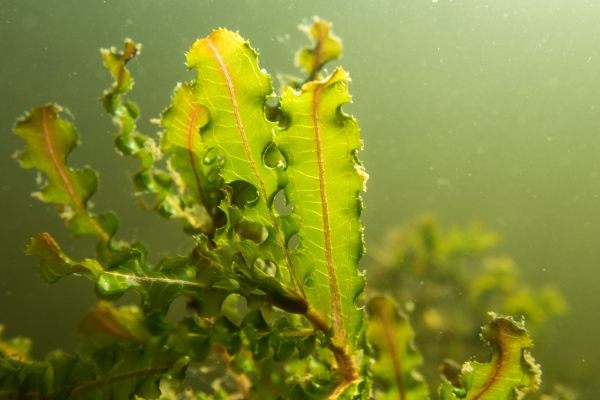SWWD is continuing efforts to control growing infestations of aquatic invasive species (AIS) like curly-leaf pondweed (CLP) and Eurasian watermilfoil (EWM) in the 2025 growing season. Spring treatment will be conducted at Markgrafs and Wilmes (north basin) for curly-leaf pondweed.

Why is treatment occurring?
CLP and EWM cause significant nuisance conditions on District lakes, making in-lake recreation such as fishing, canoeing, or kayaking quite difficult. Additionally, CLP grows during the winter and spring when there is little competition from native species before dying off in the early summer. After CLP dies, it releases nutrients into the water that can drive ongoing algae blooms through the peak of summer heat.
How are herbicides applied?
All in-lake plant management is permitted by the MN Department of Natural Resources and performed by licensed applicators. Herbicides for treating in-lake AIS infestations have been around for a long time and have been studied extensively. Research has shown that they do not harm fish, mammals, or aquatic insects and are safe for humans and pets. However, signage will be clearly posted to notify lake users of ongoing treatment and recommended uses.
What should I know before visiting a recently treated lake?
Treatment will occur this spring at Markgrafs Lake and Wilmes (north basin). Signage will be posted upon treatment, but visitors to the lakes should be aware of the following post-treatment safety guidelines:
- Swimming: 0 day restriction
- Drinking water (human and pets): 1-3 day restriction
- Recreational uses: 1-3 day restriction
- Fish consumption: 0 day restriction
- Irrigation for food/crops: 5 day restriction
- Irrigation for turf/gardens: 1-3 day restriction
- Livestock watering: 1 day restriction
Questions?
Contact Abby Tekiela, Water Resources Program Coordinator, at [email protected]
